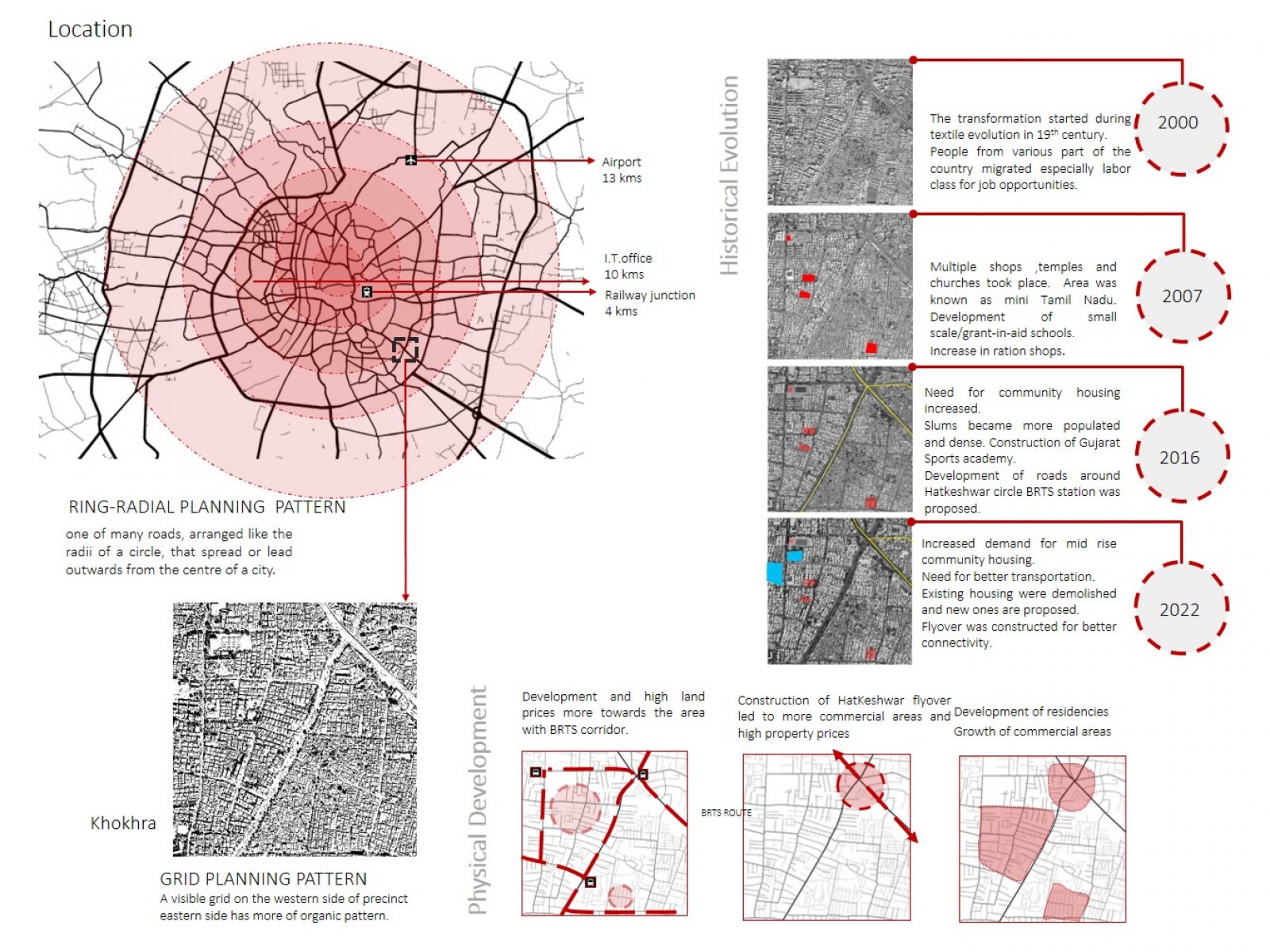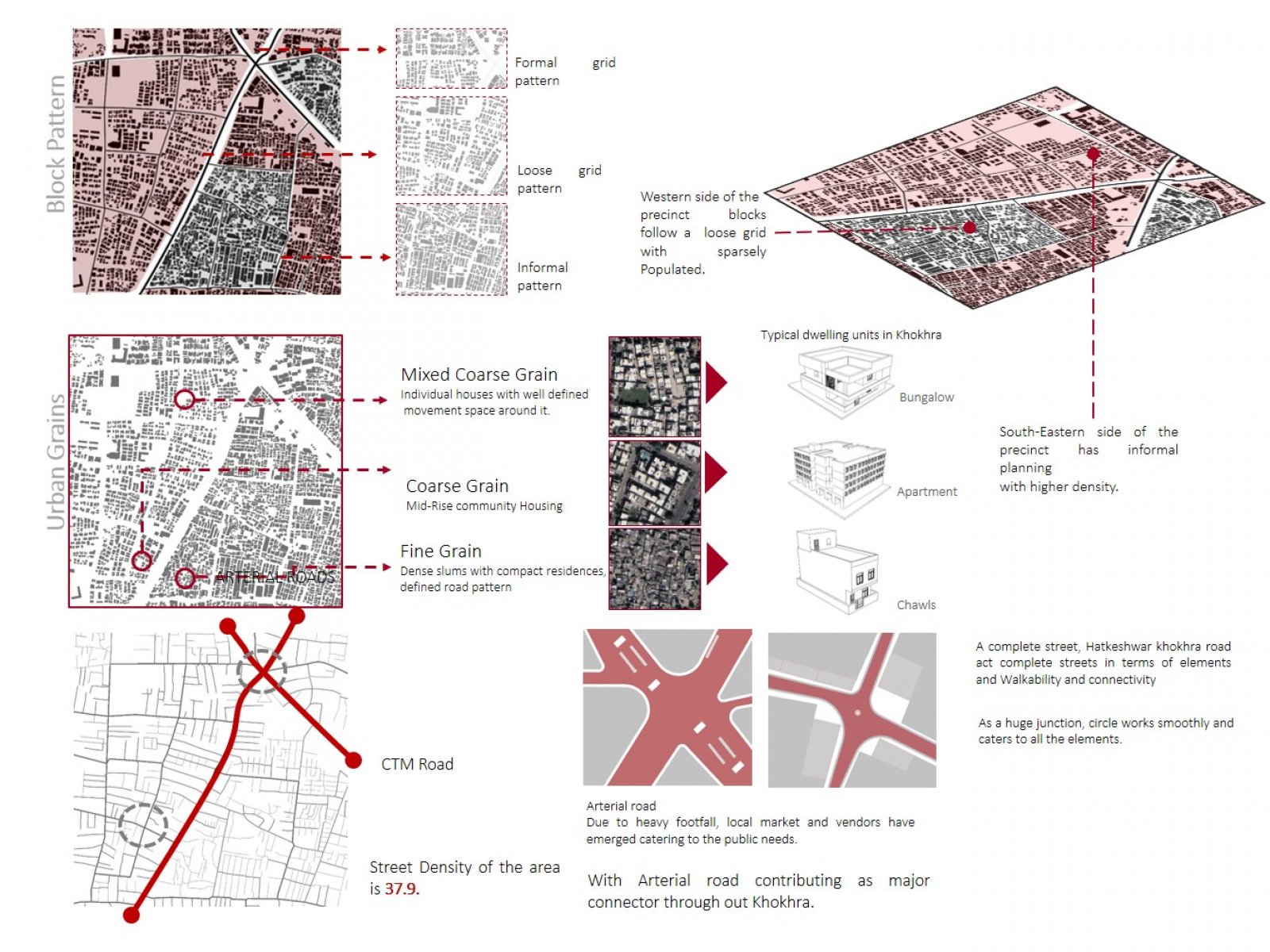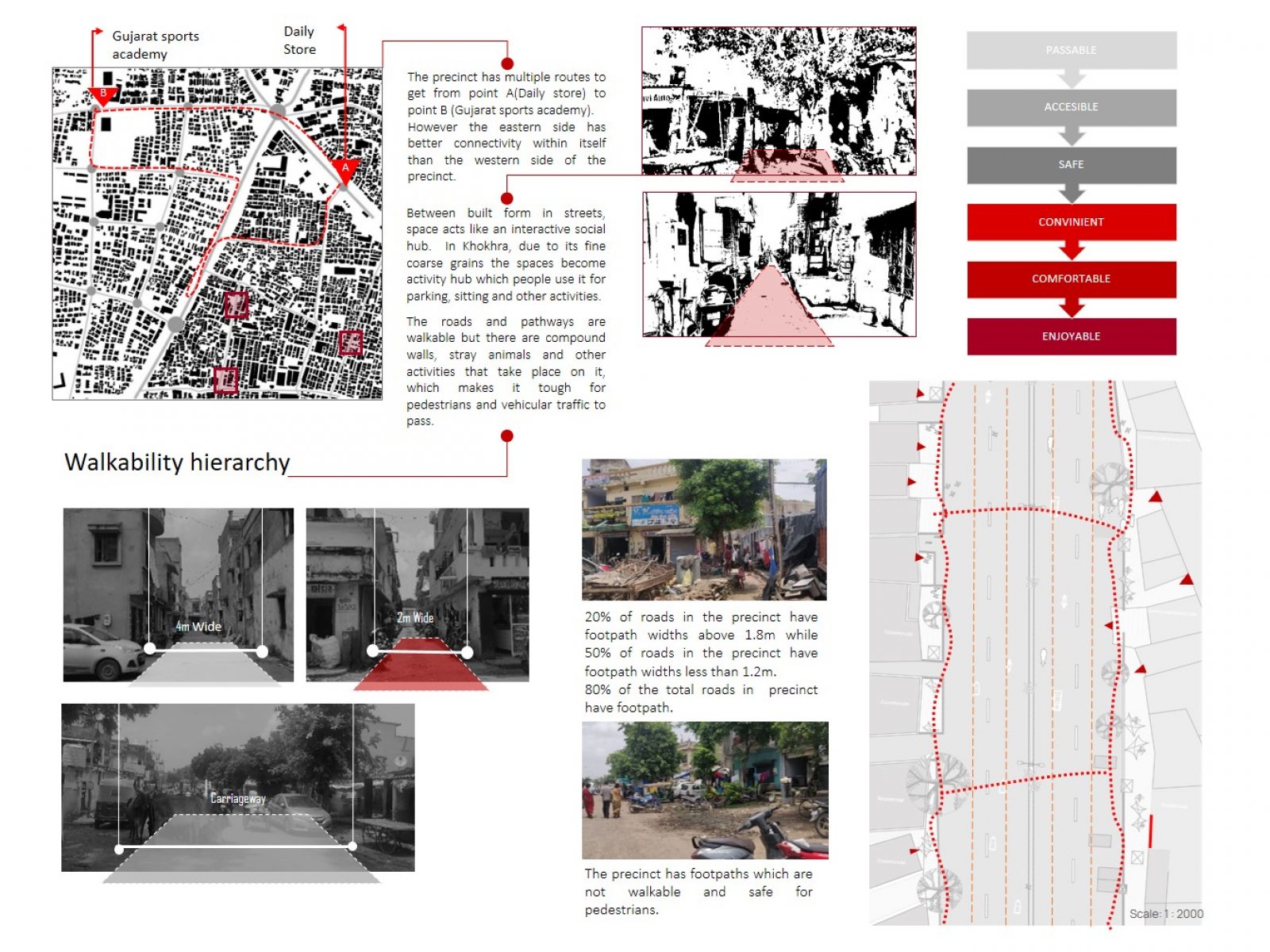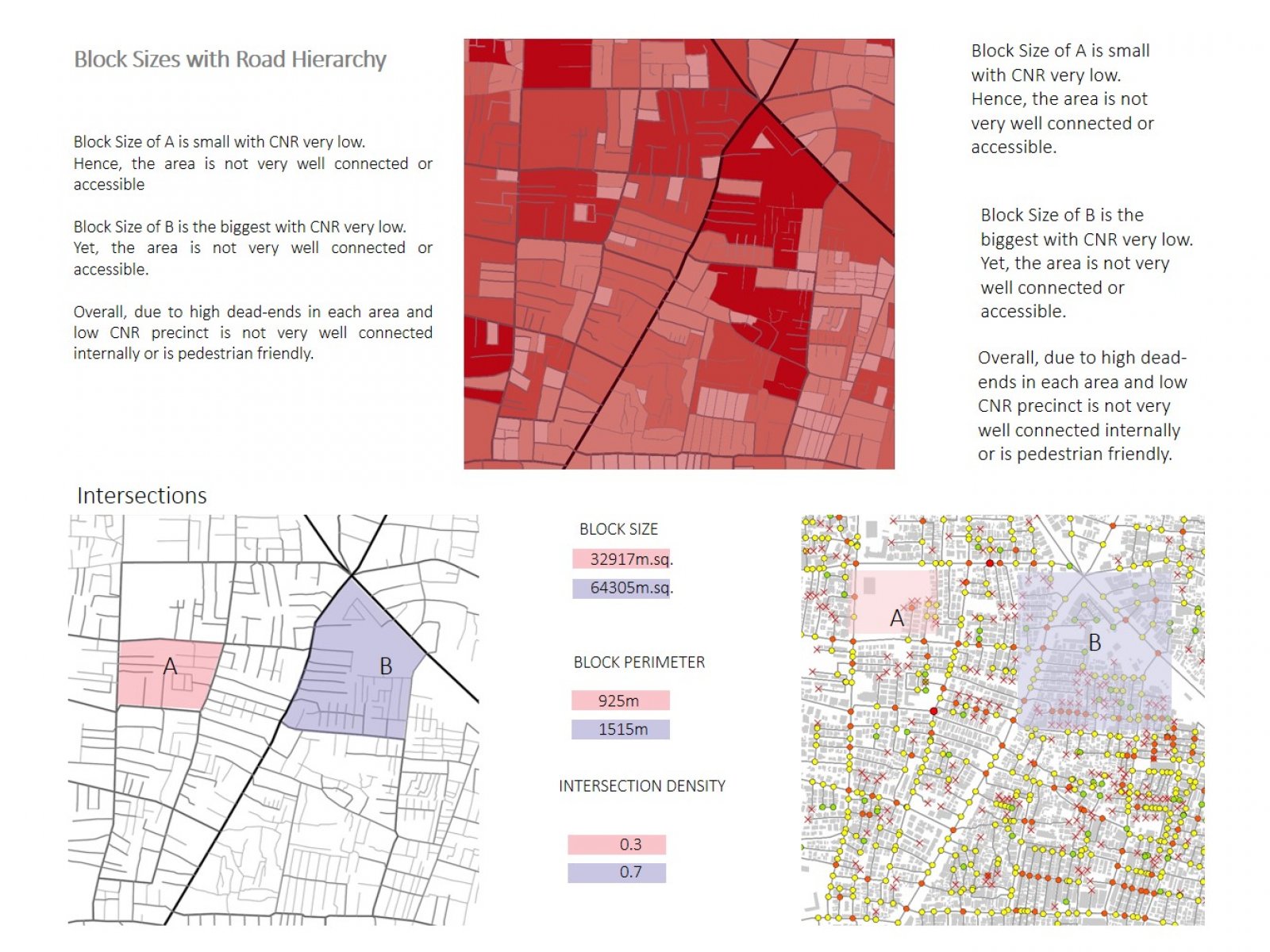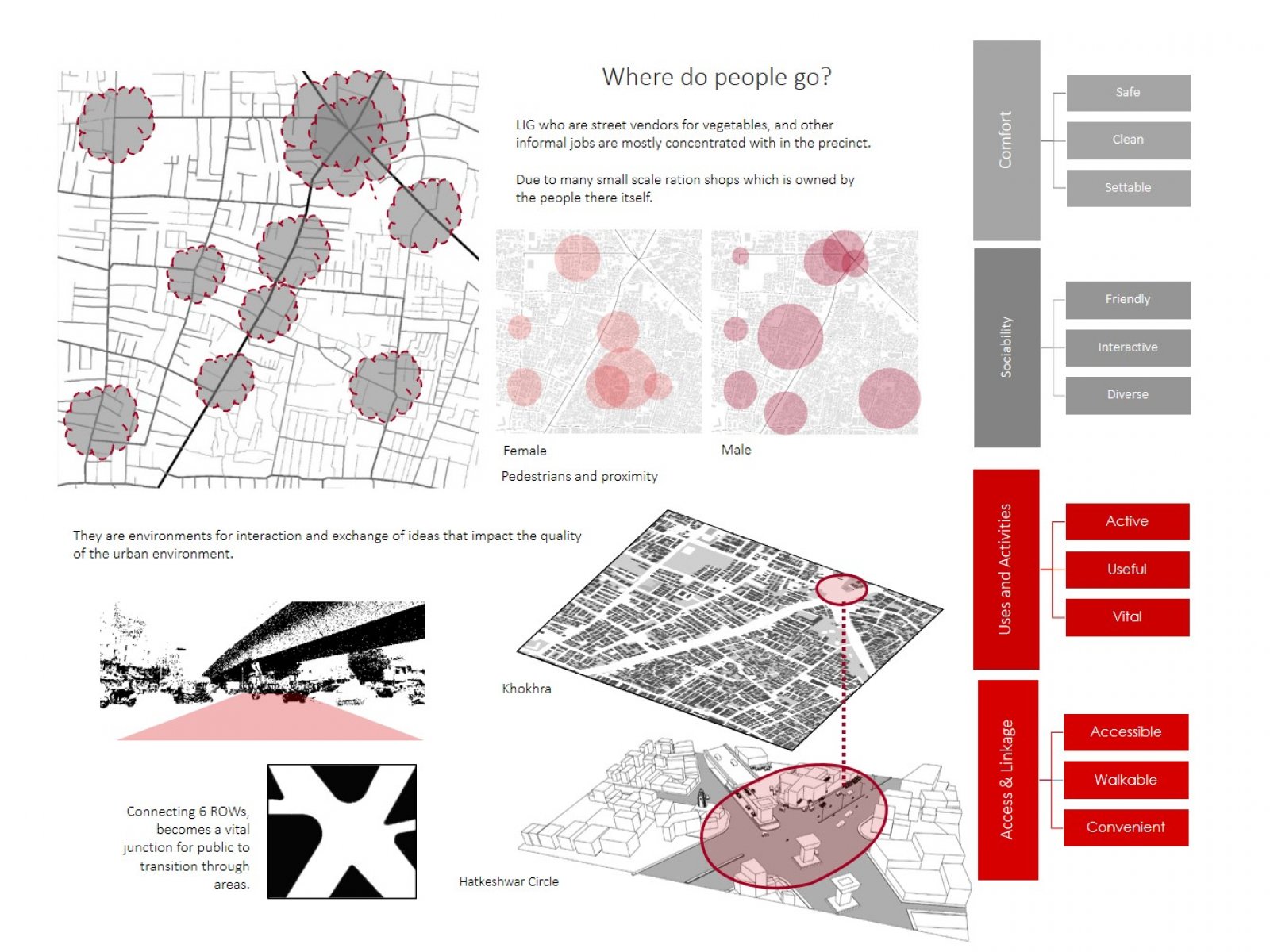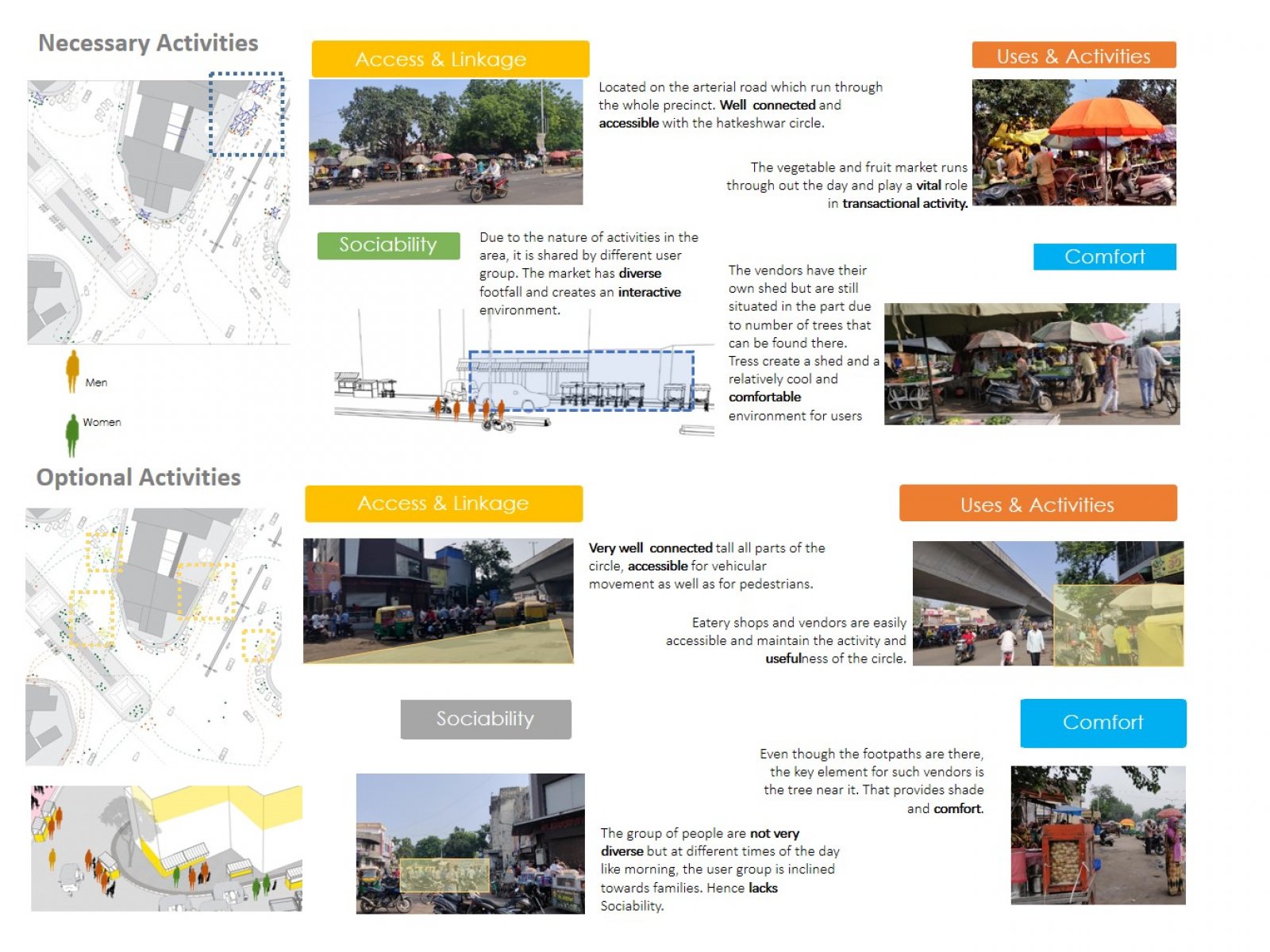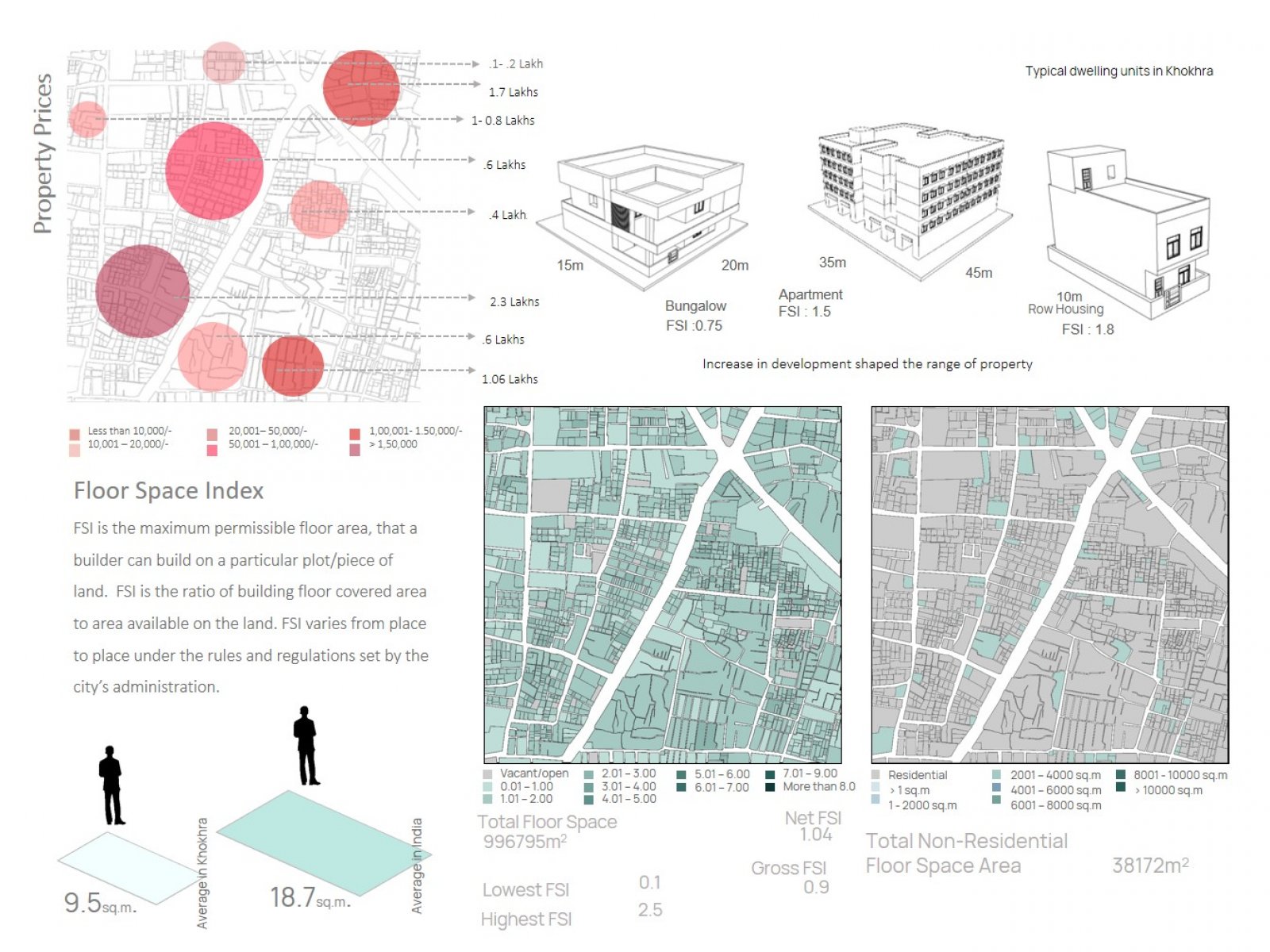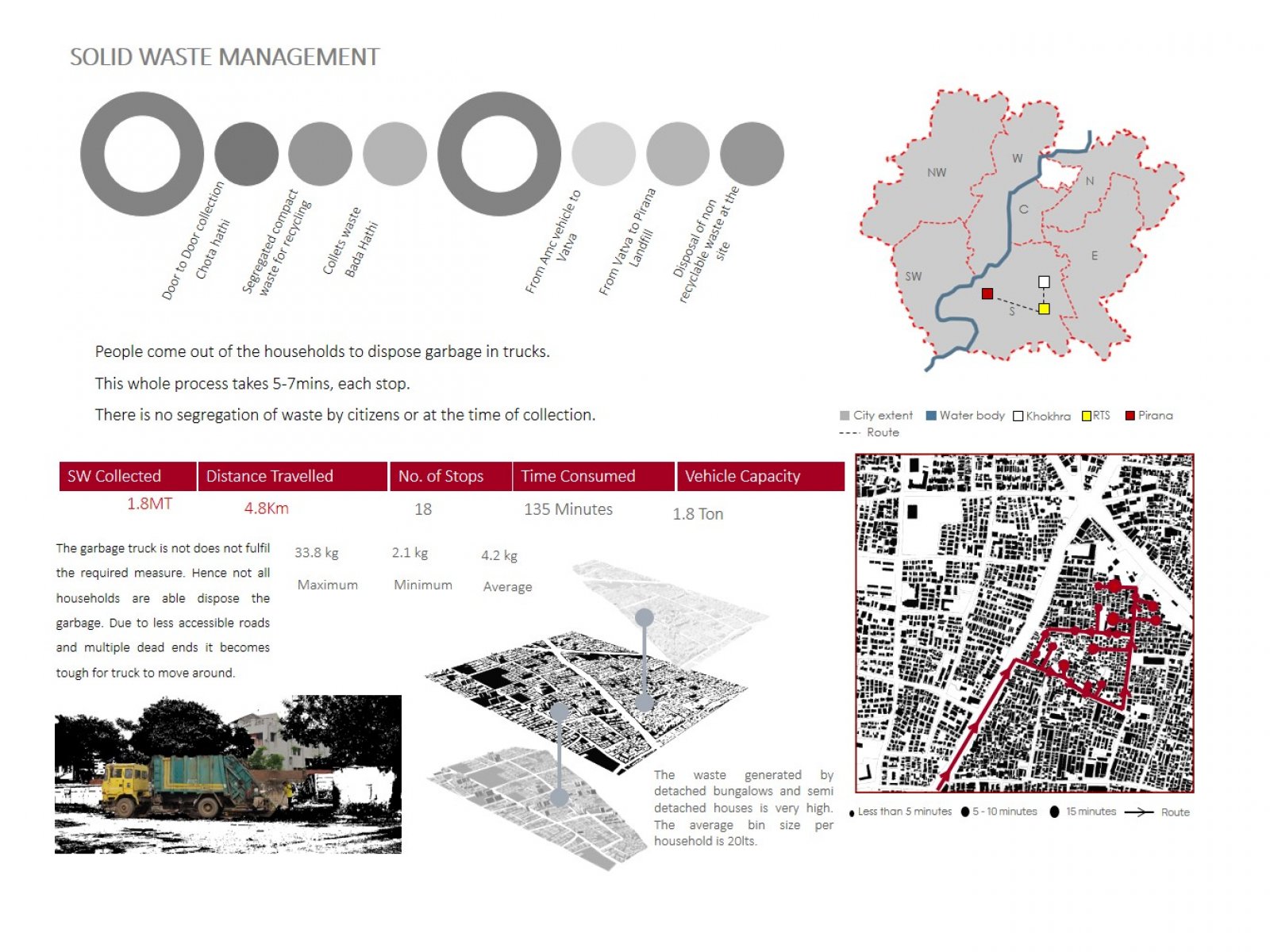Your browser is out-of-date!
For a richer surfing experience on our website, please update your browser. Update my browser now!
For a richer surfing experience on our website, please update your browser. Update my browser now!
The city has gone through critical changes that occurred throughout 20 years, resulting in delayed infrastructure expansion. Socioeconomic considerations influenced the geographical changes significantly. People as a community contributed to the area's evolution by establishing institutes, houses, temples, and churches. People and development respond differently to the region because it generates a contrast of settlement types. On one side, development and accessibility are greater, whereas, slums and dilapidated roads abound. This affects the market and the kind of stores that exist and forms a chain reaction, preventing further growth. This has an impact on people's affordability.
